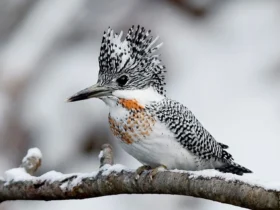Esmeraldas Woodstar (Chaetocercus berlepschi) is one of the smallest bird in the world, a rare and exquisite species that enchants all who have the fortune to encounter it. In this article, we will explore the enchanting world of the Esmeraldas Woodstar, shedding light on its unique characteristics, habitat, behavior, and the importance of its conservation in preserving the biodiversity of Ecuador’s cloud forests.
The Esmeraldas Woodstar images
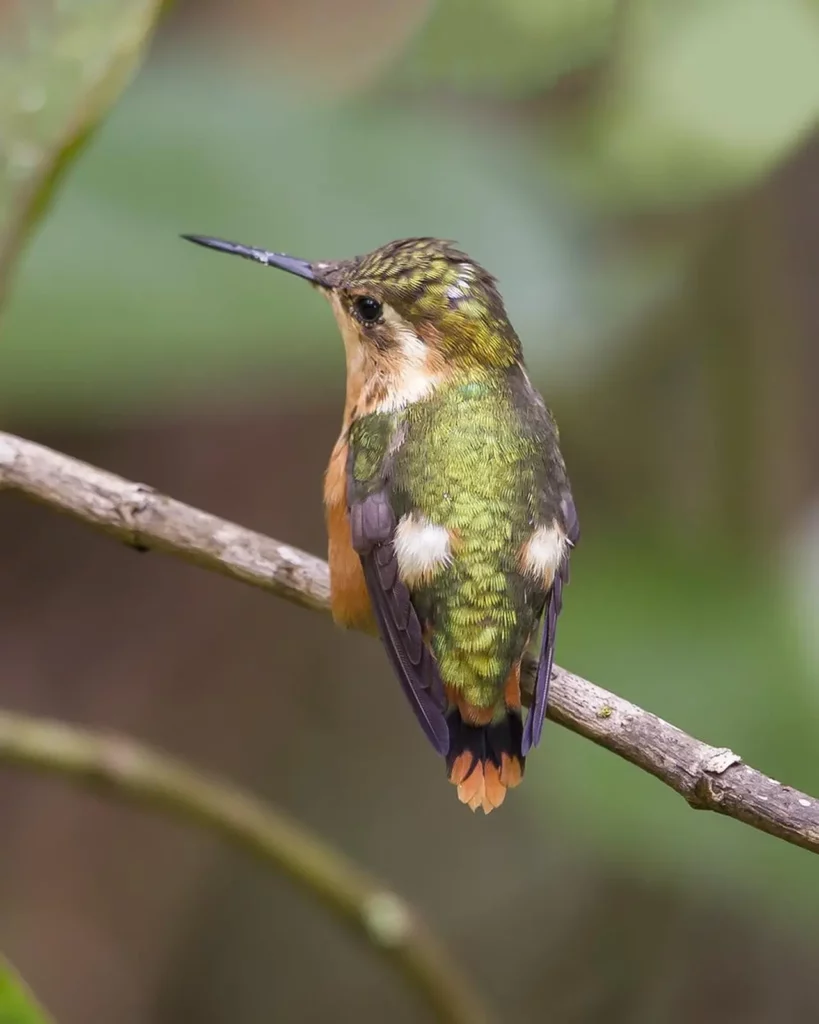
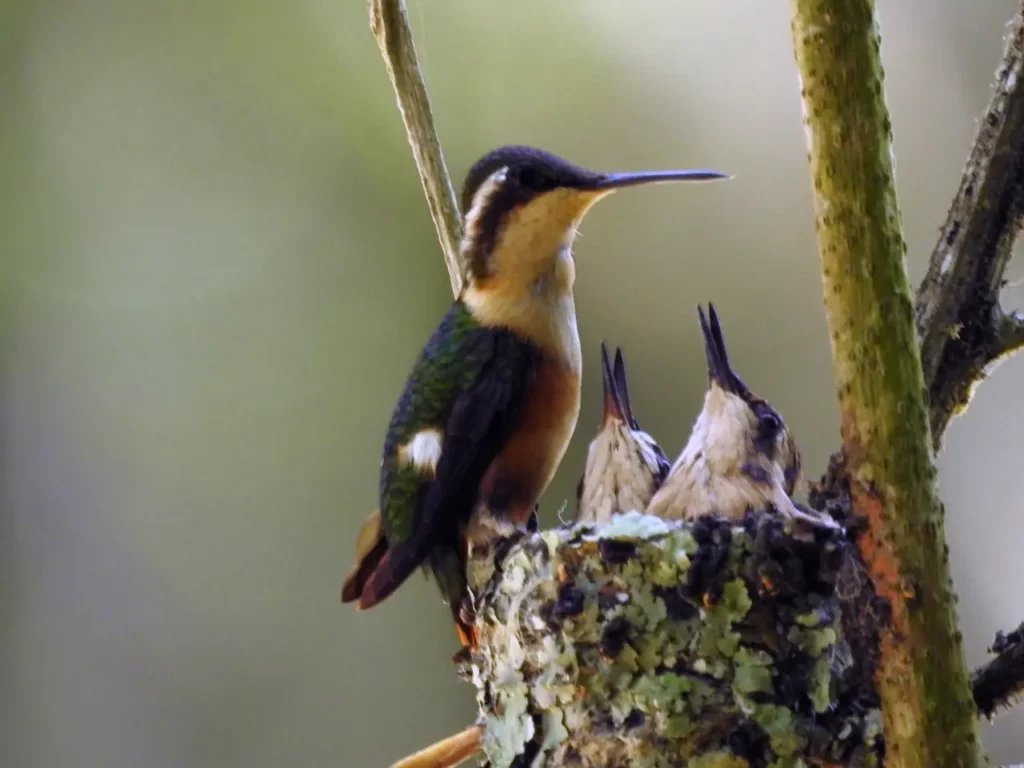
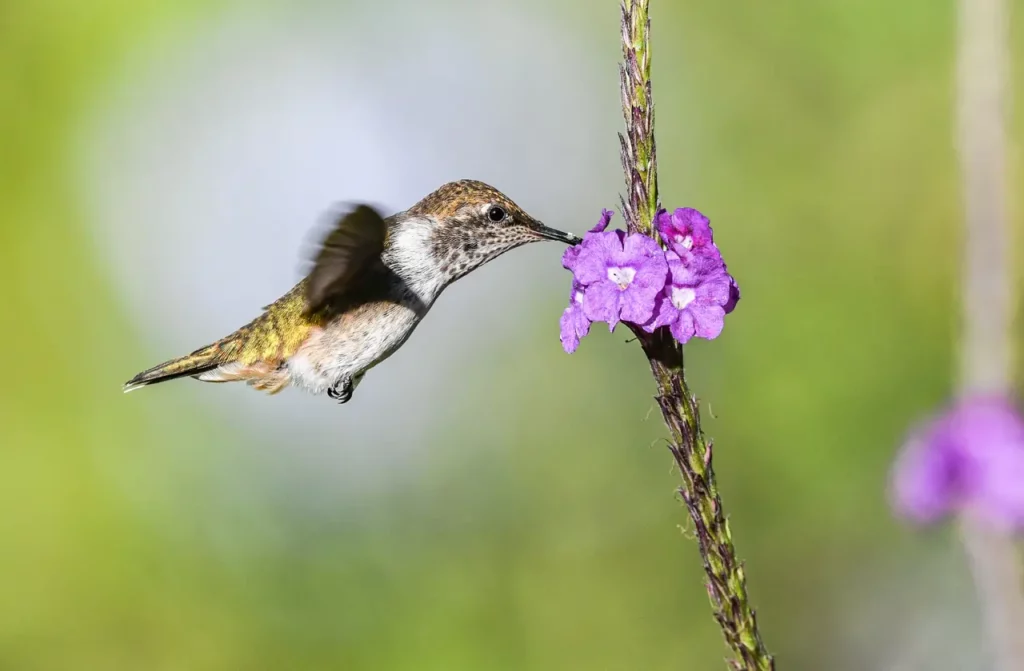
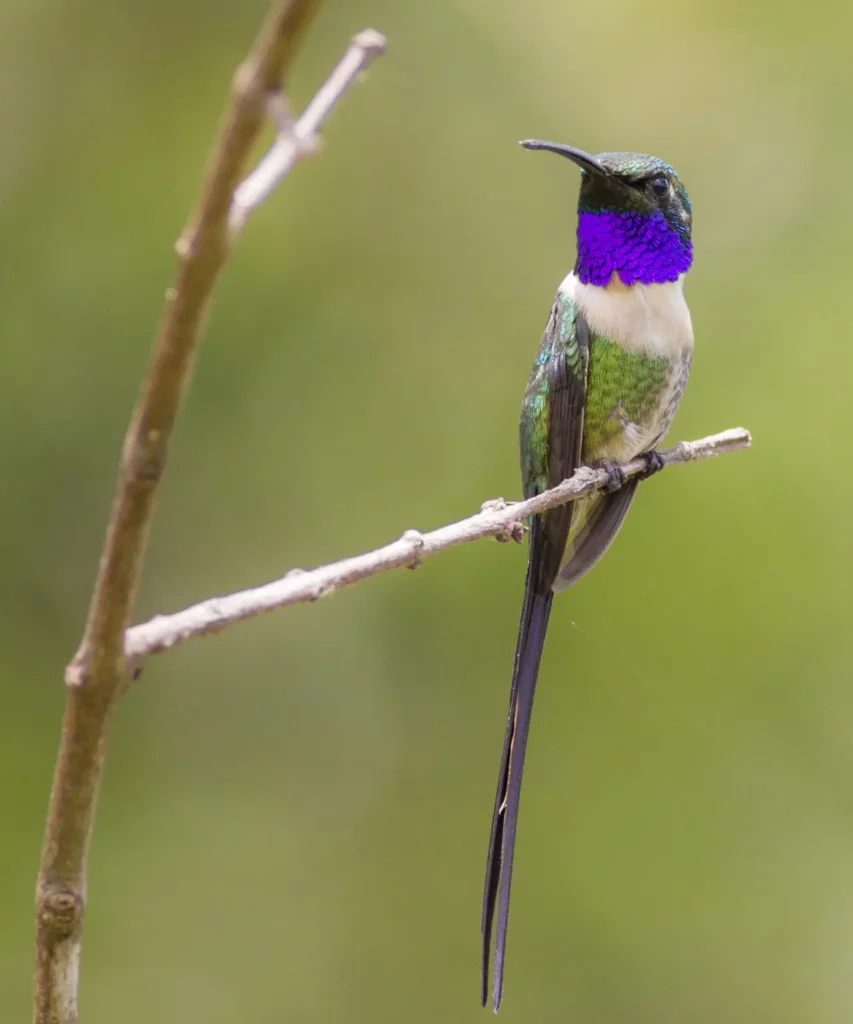
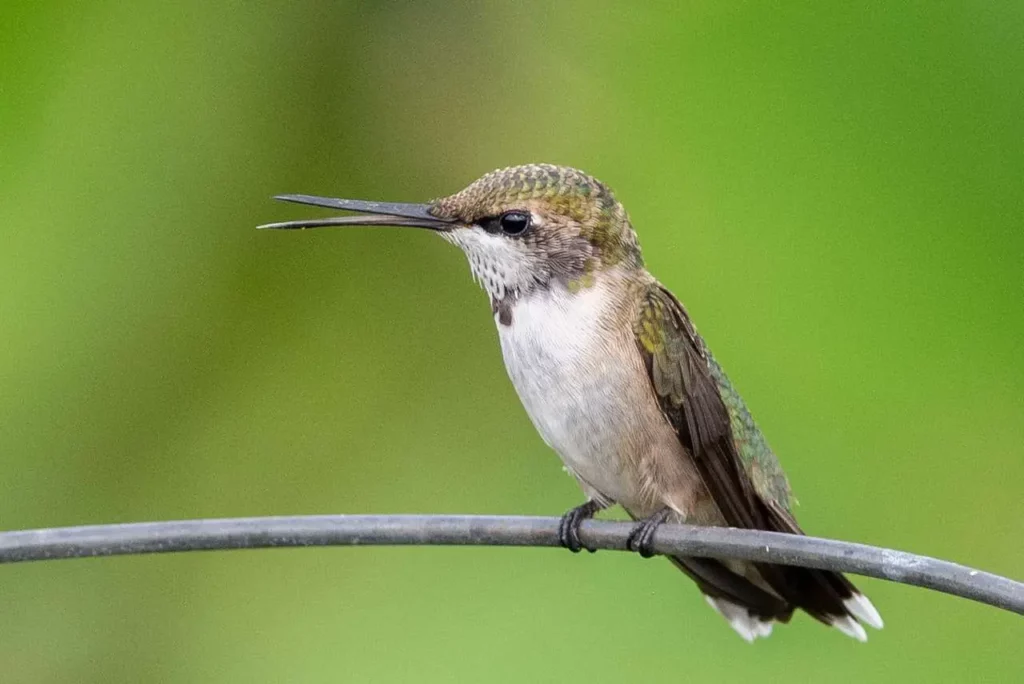
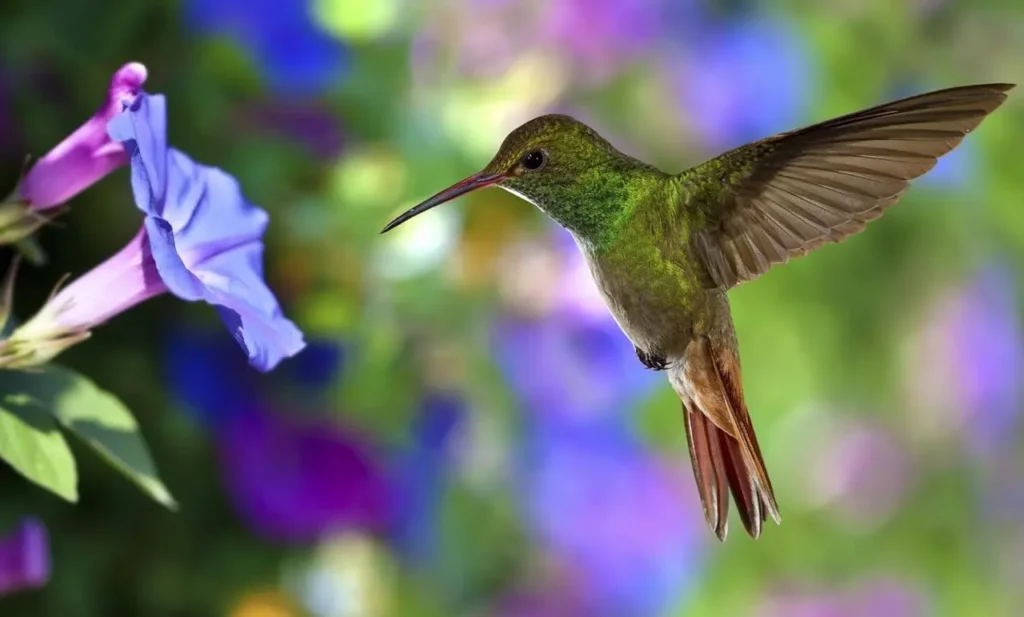
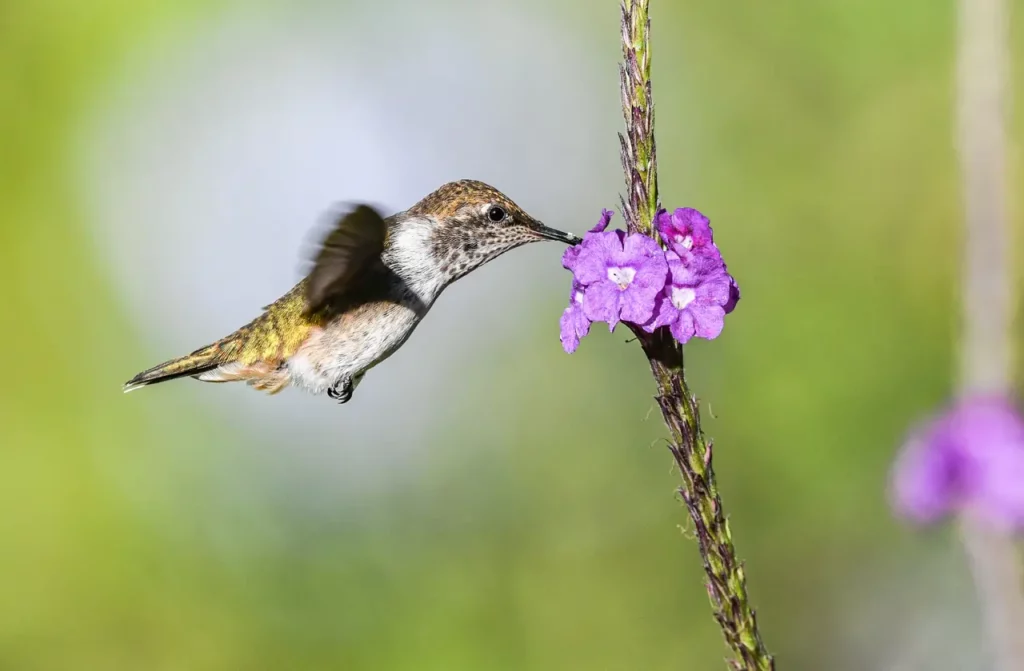
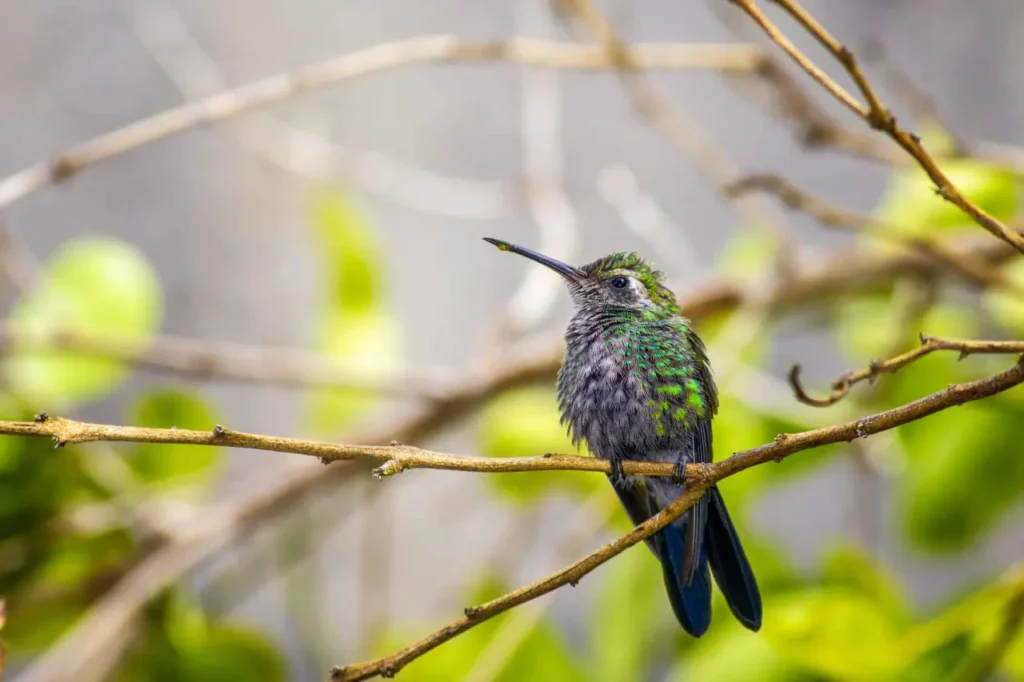
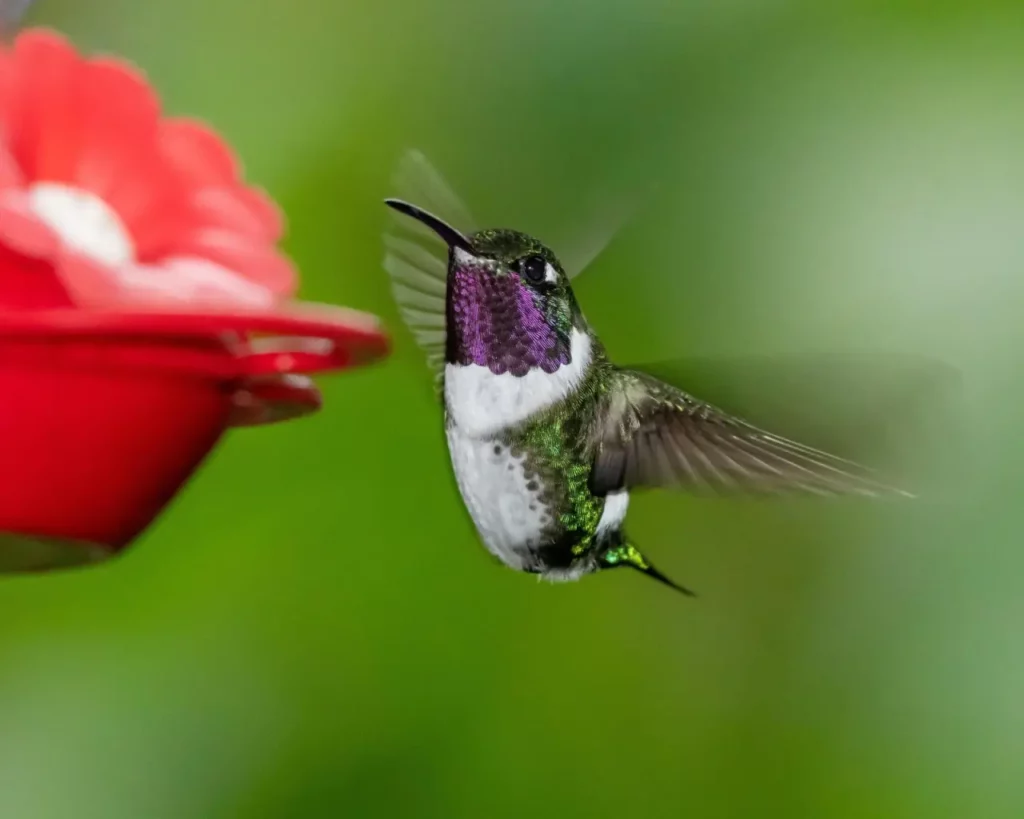
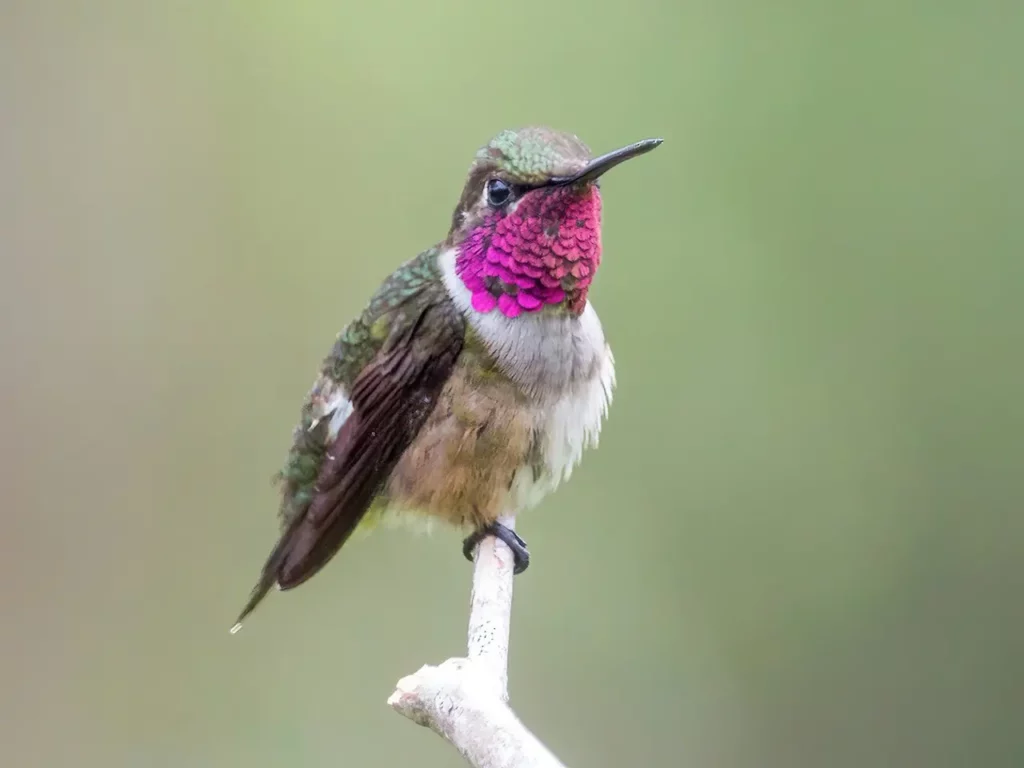
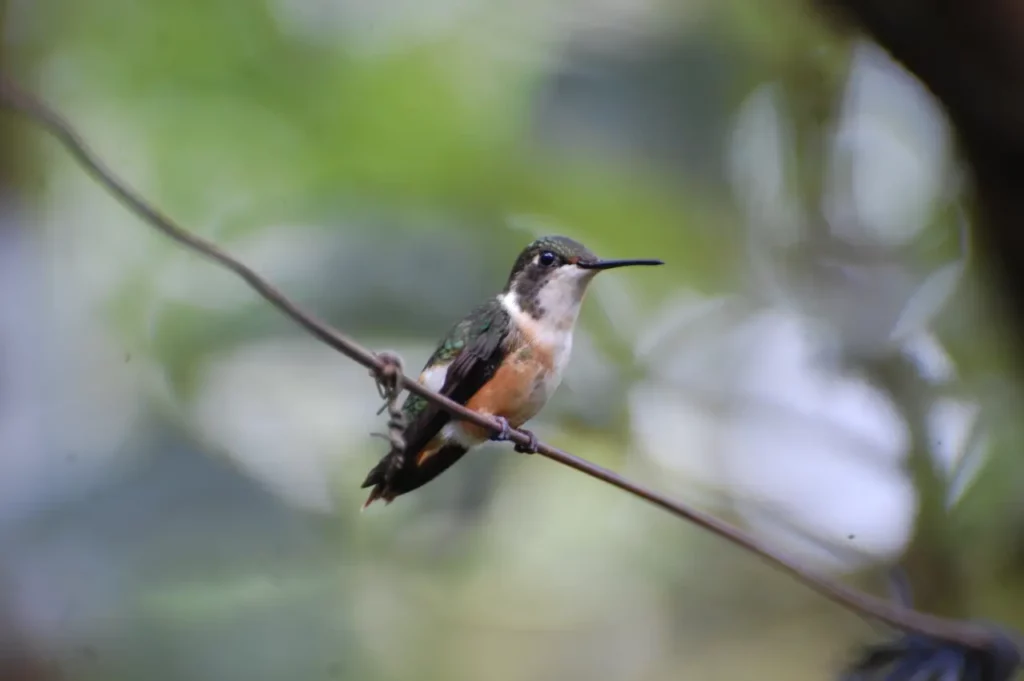
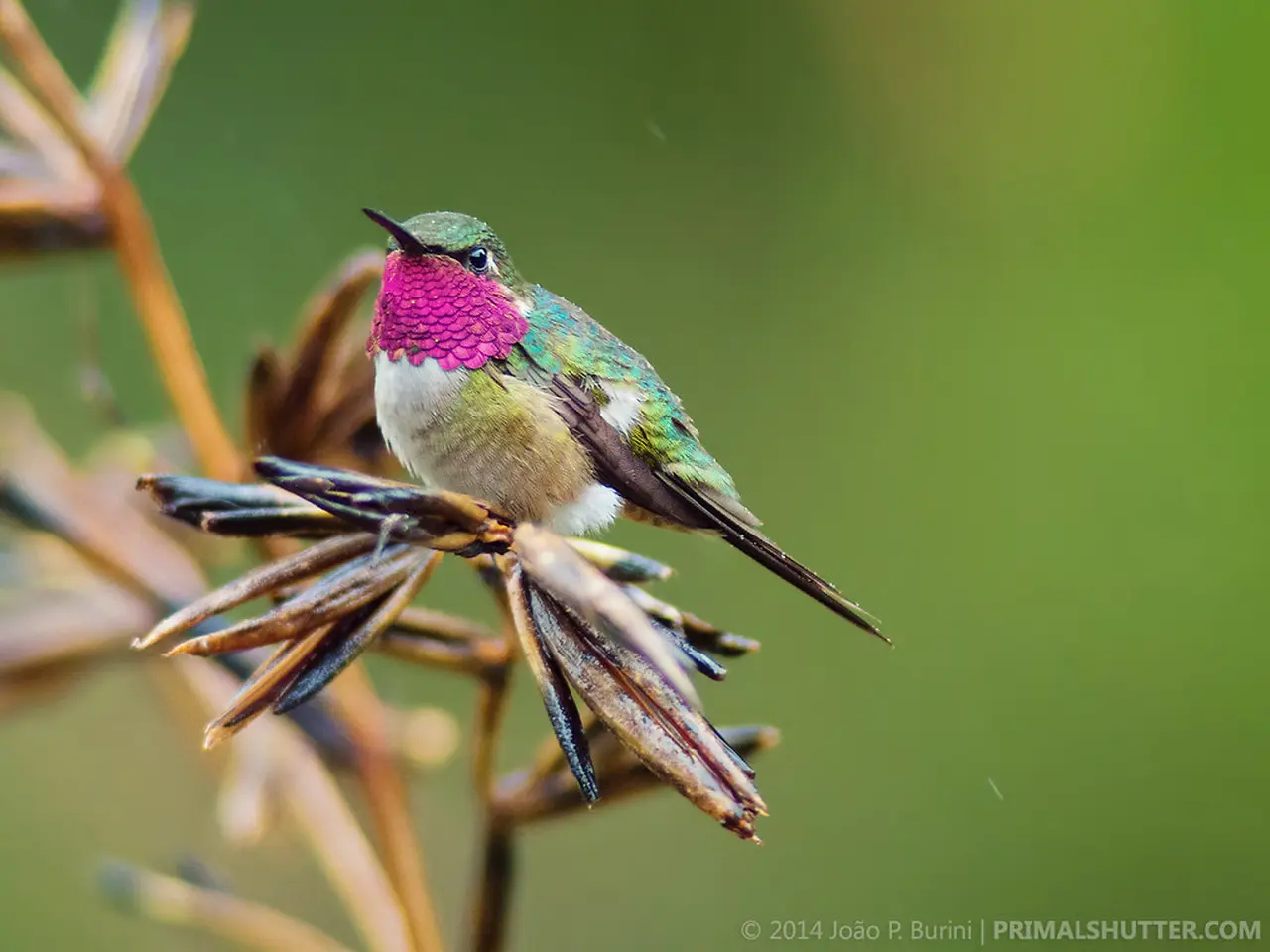
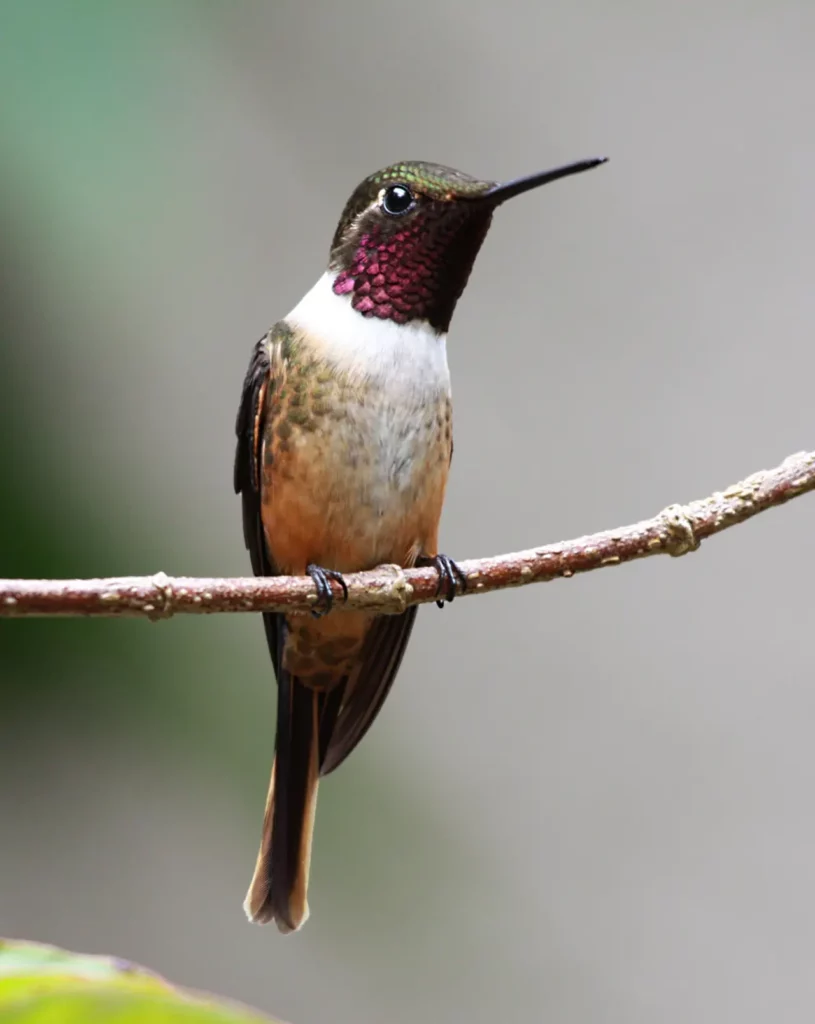
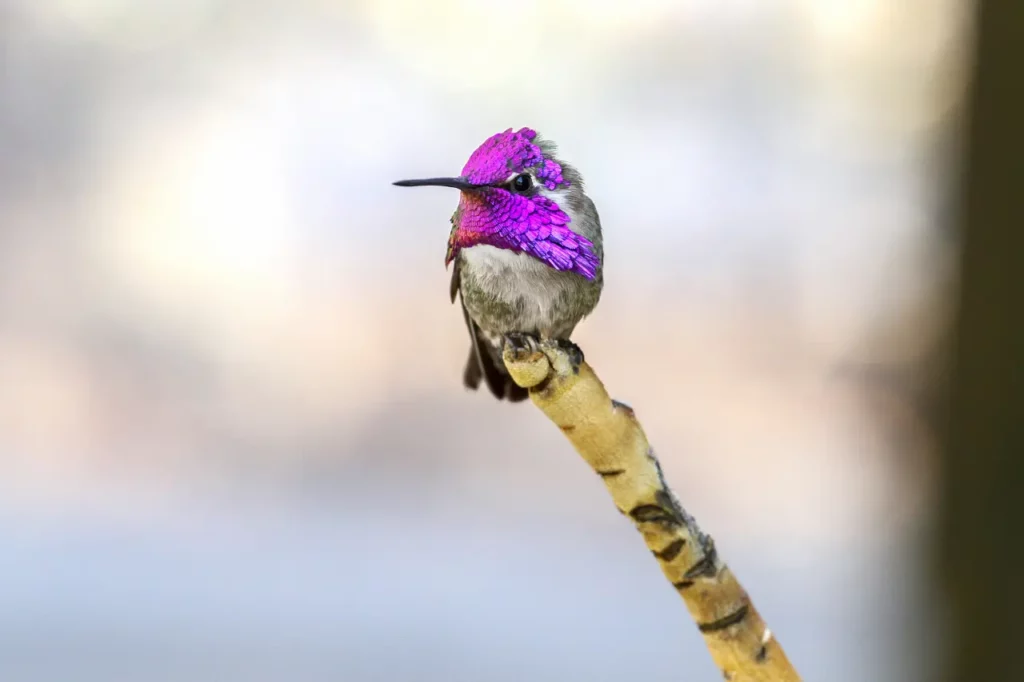
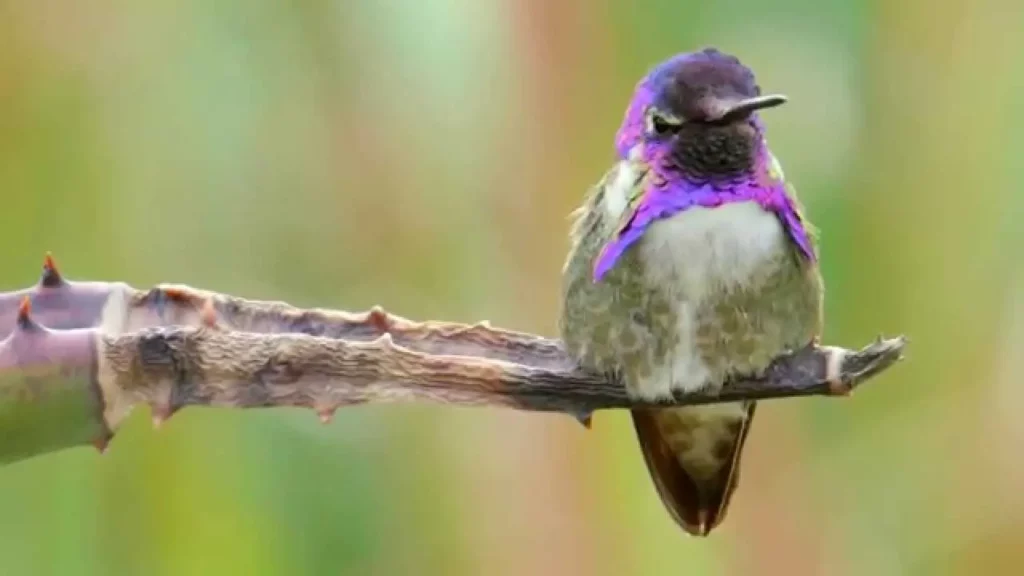
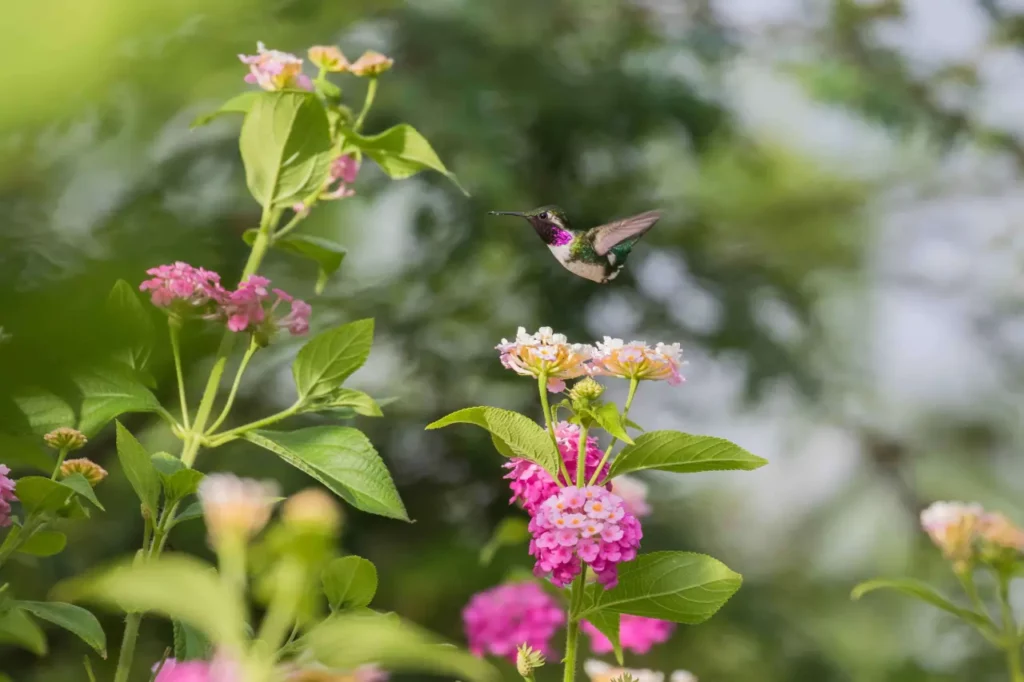
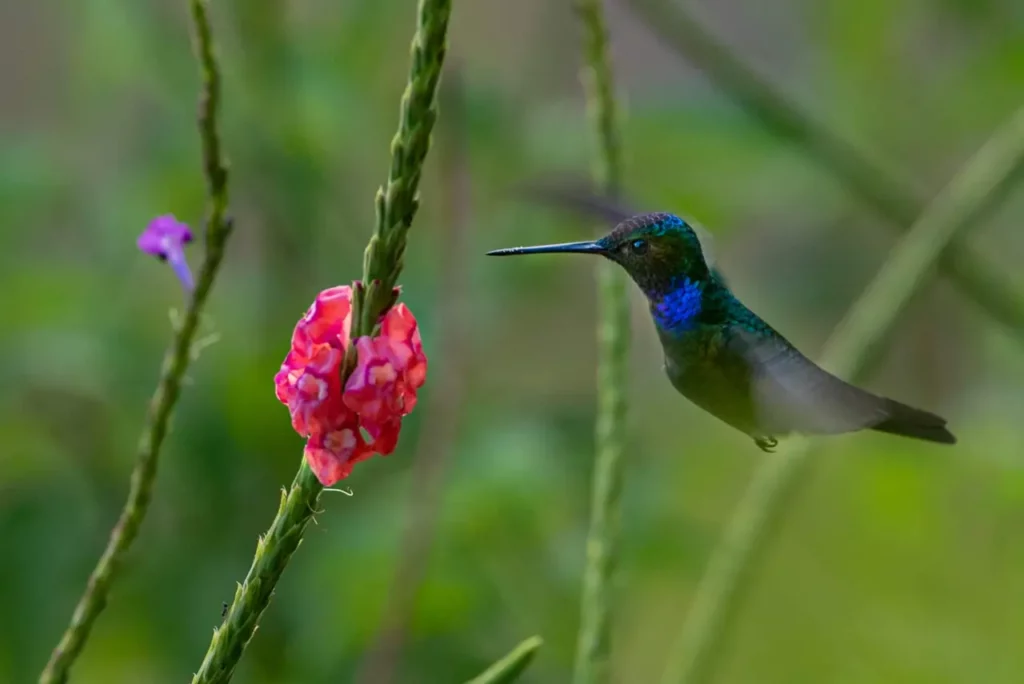
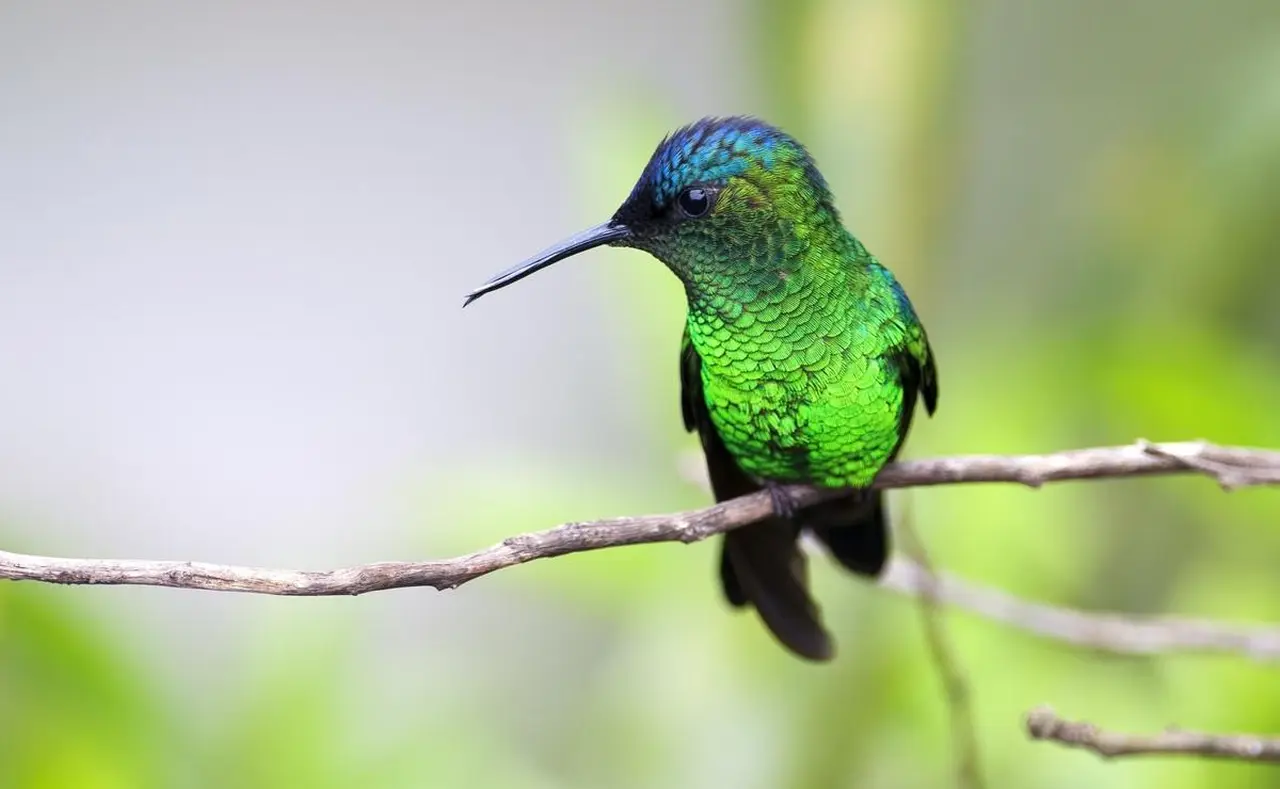
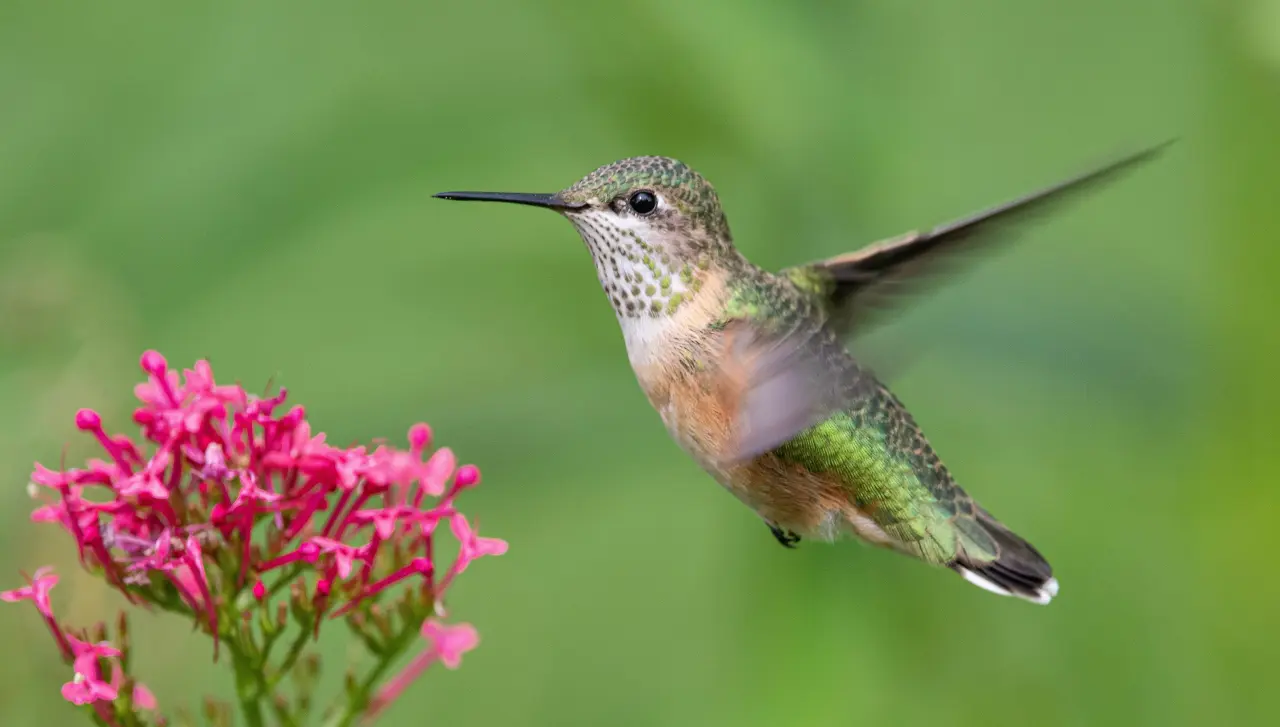
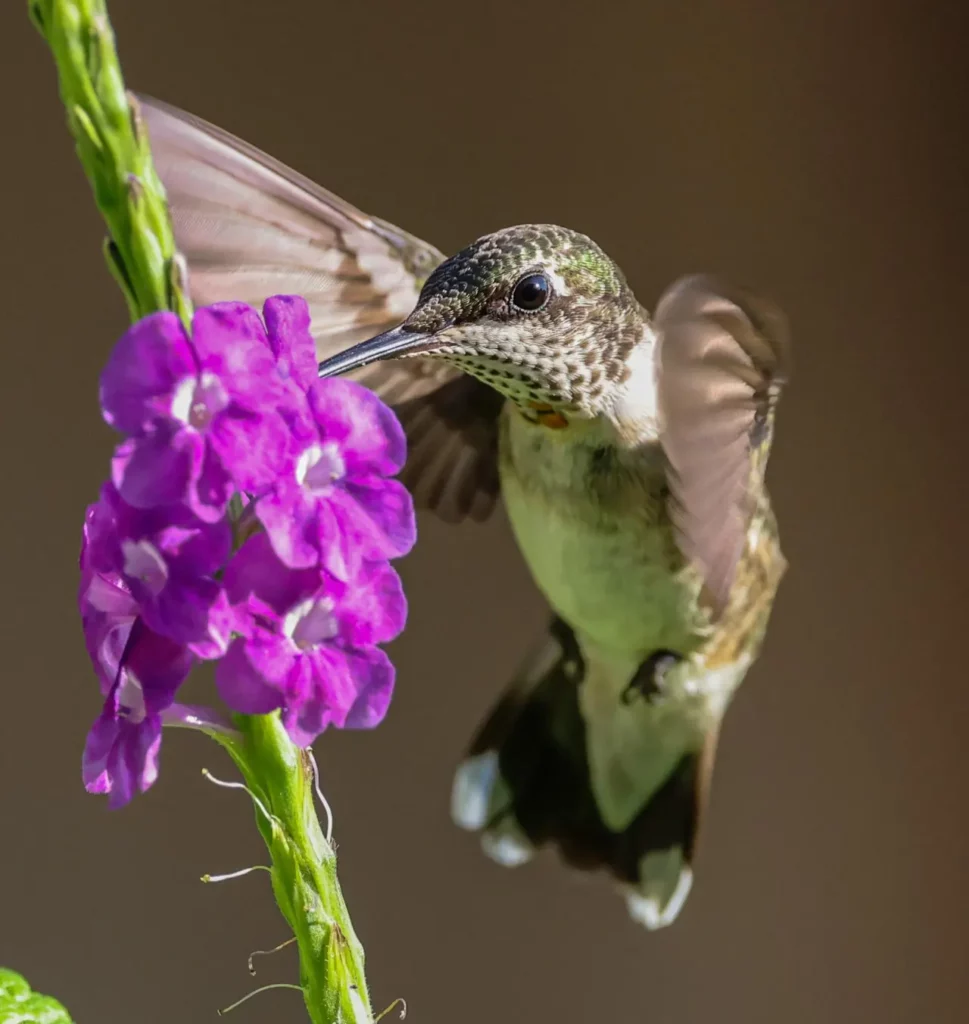

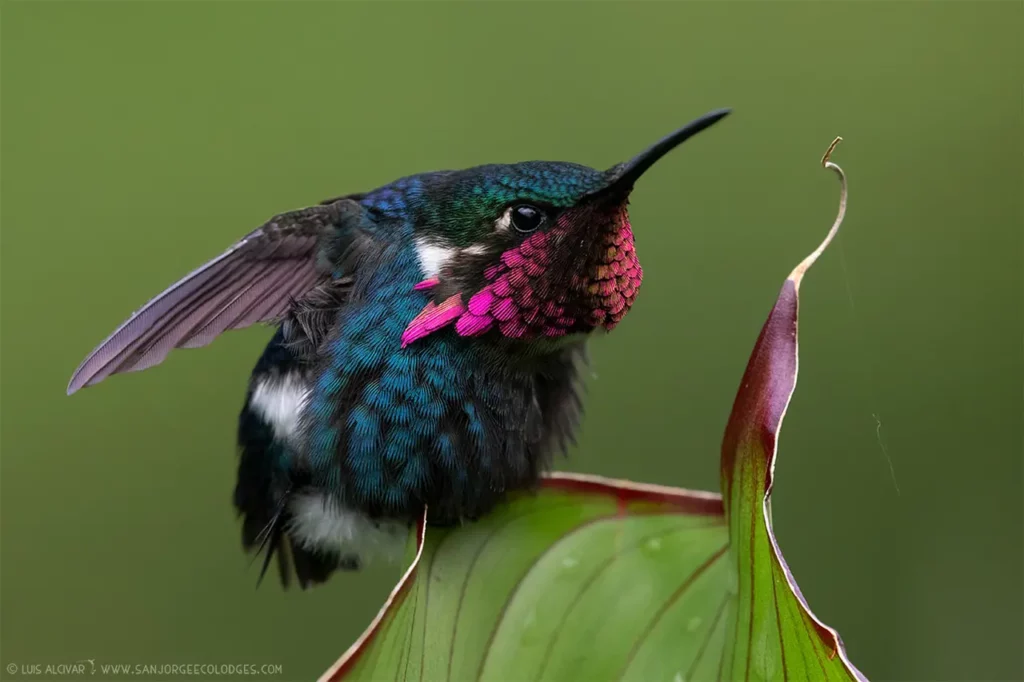
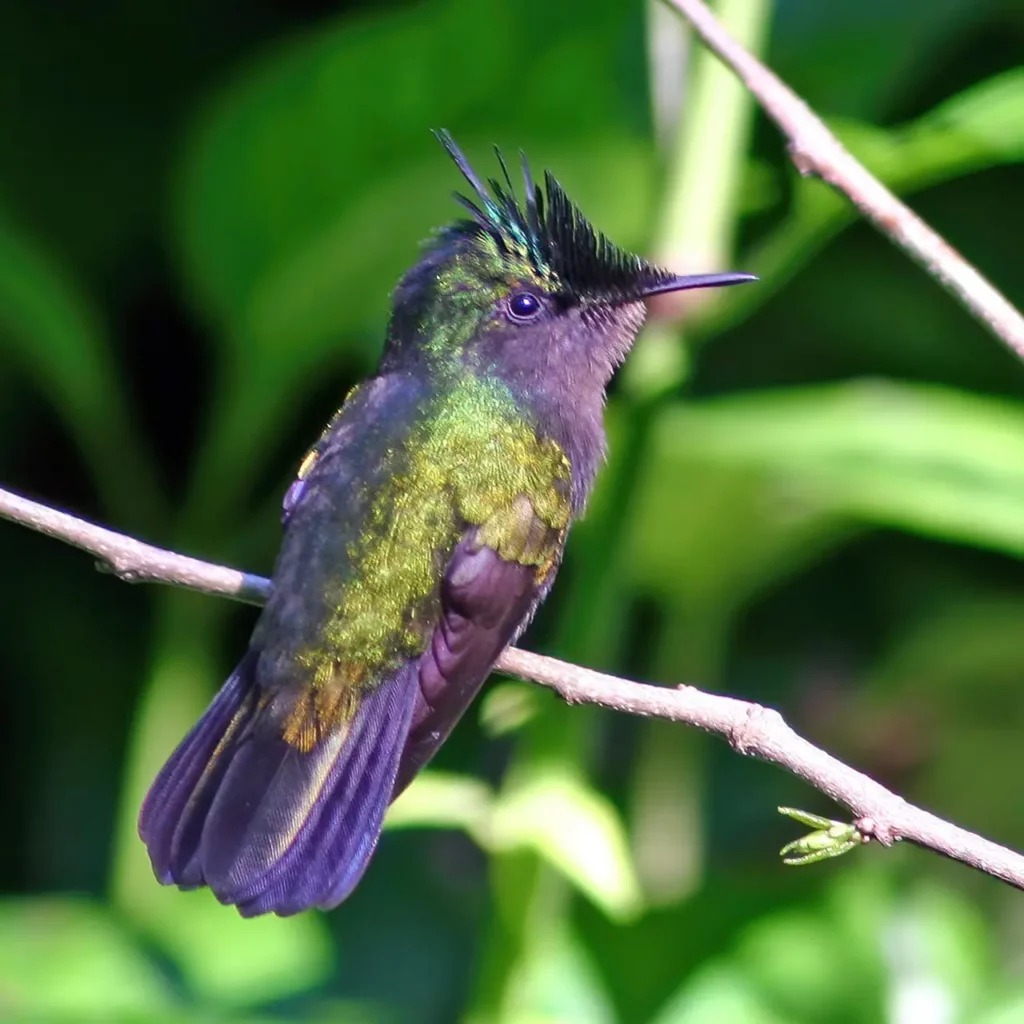
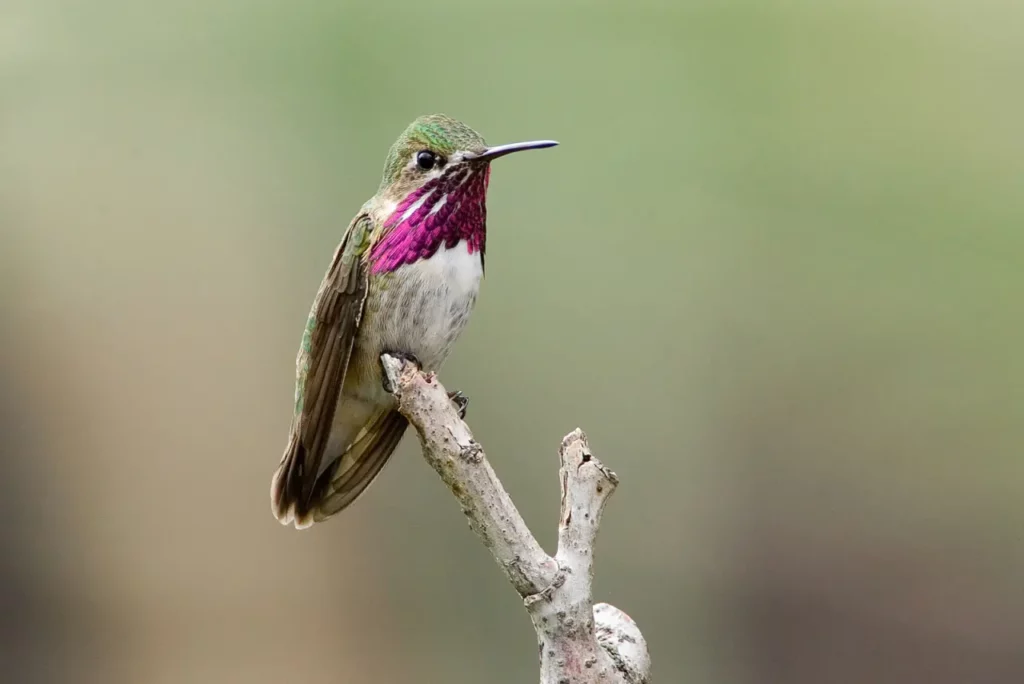
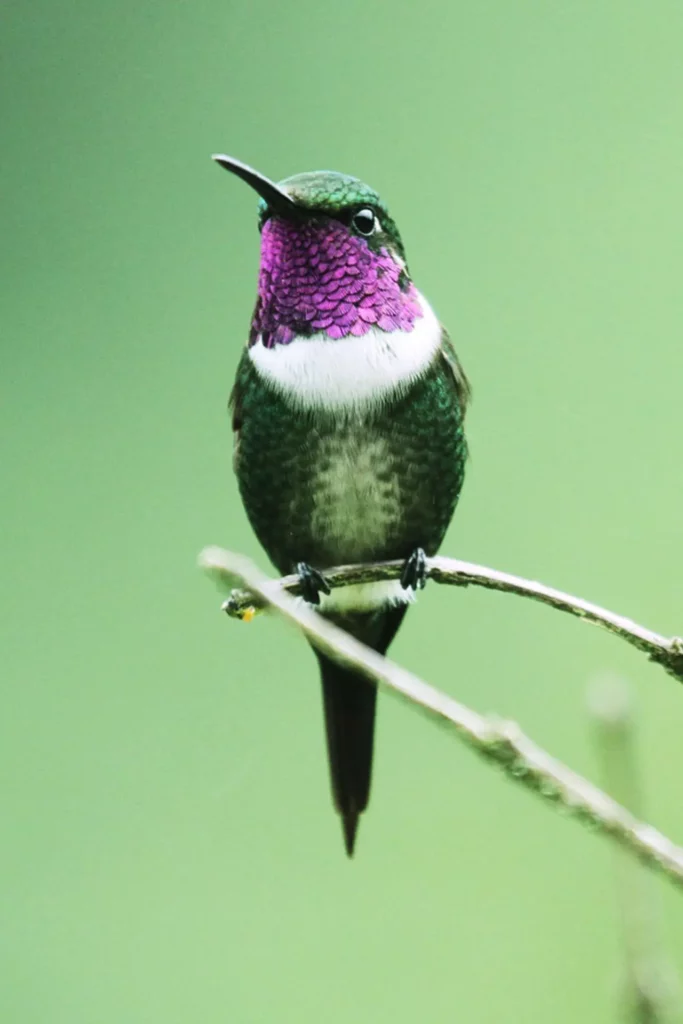
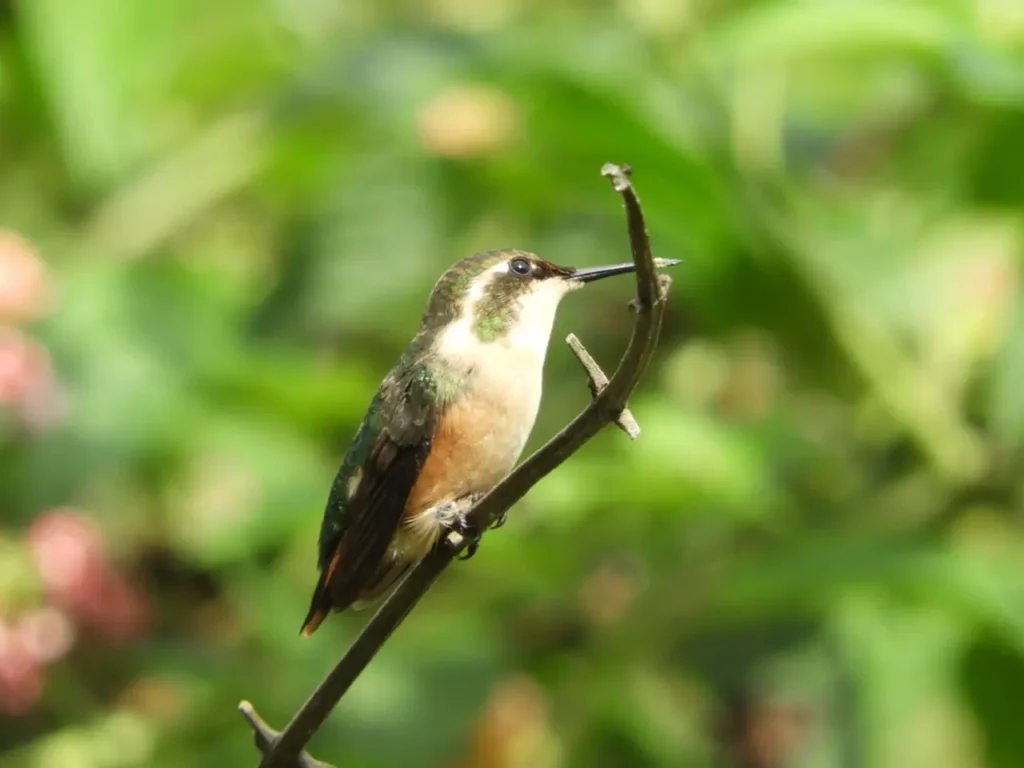
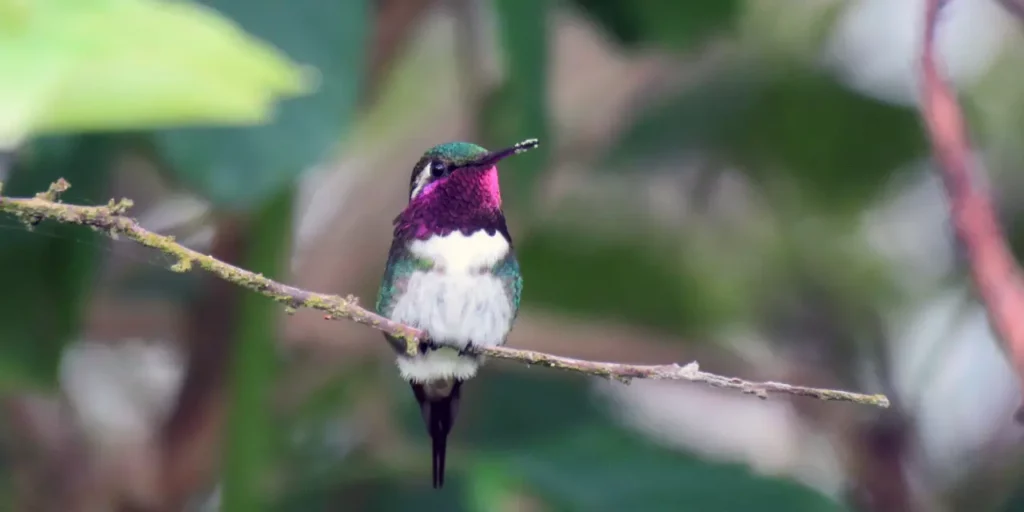
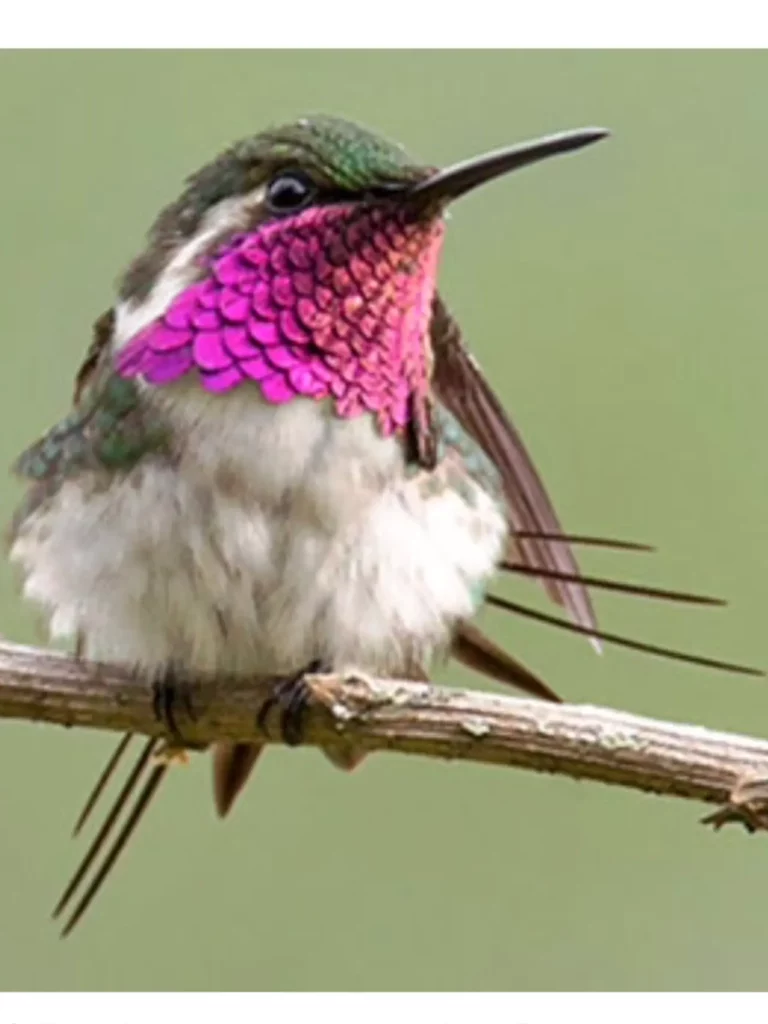
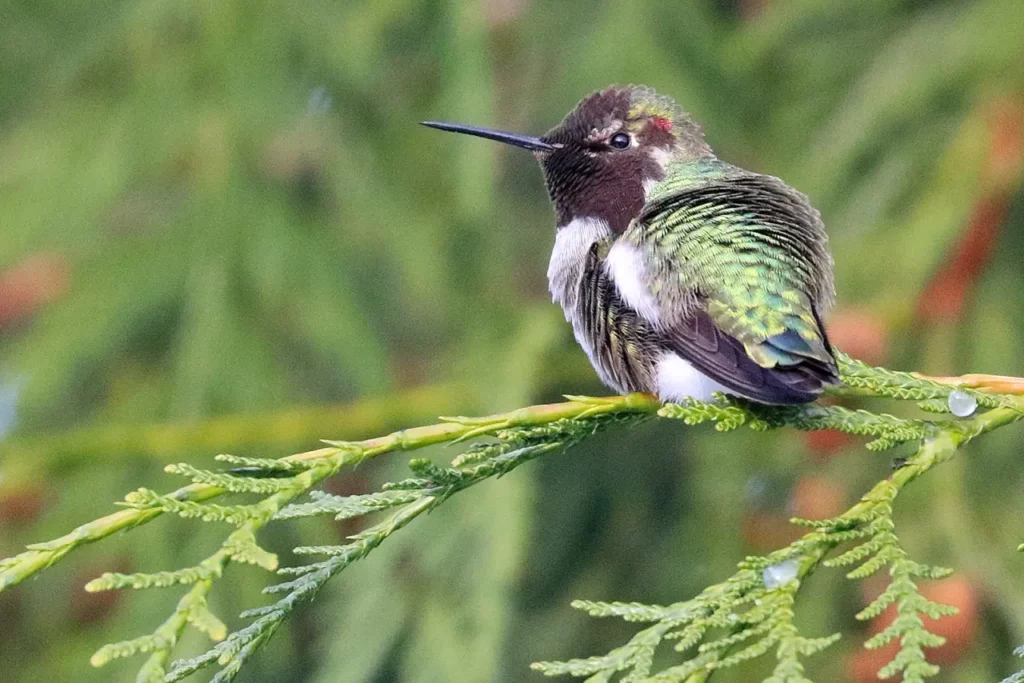
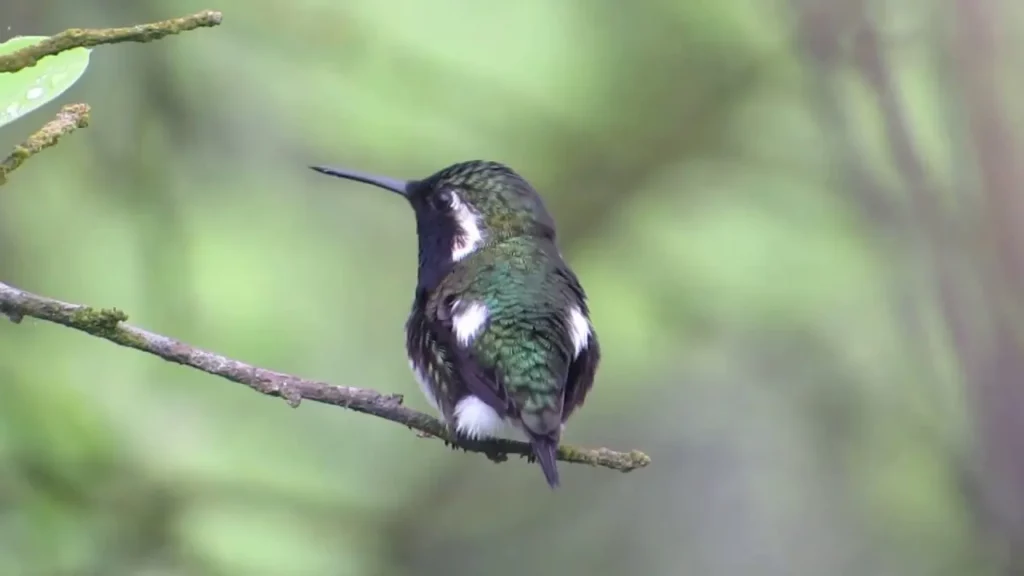
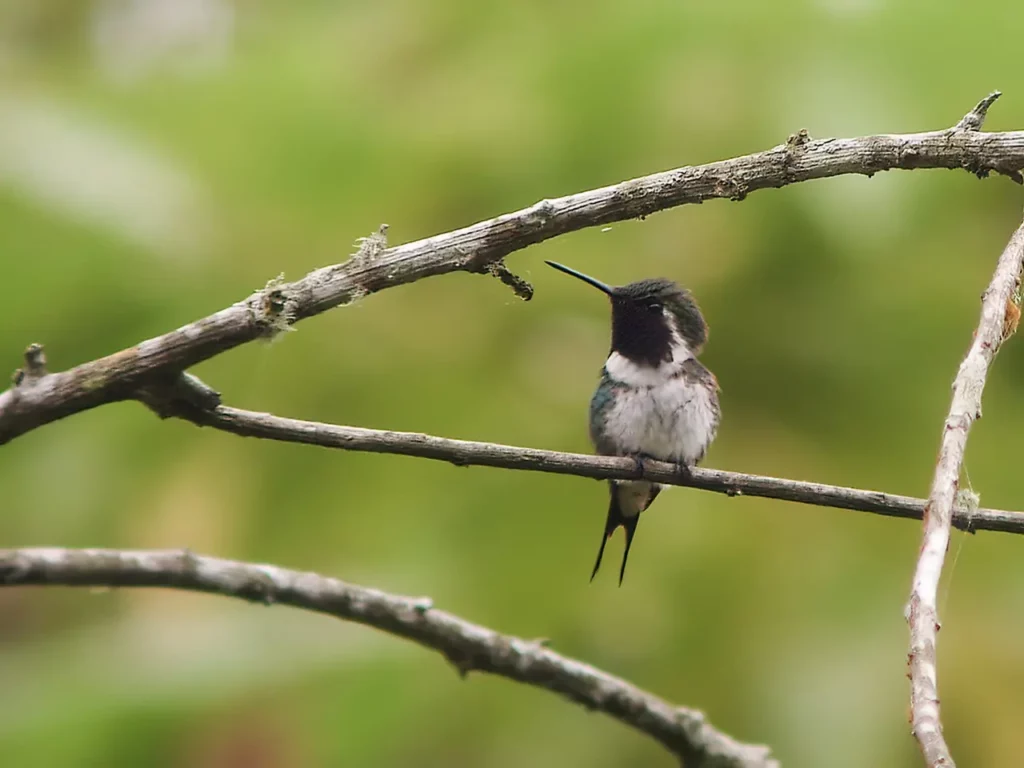


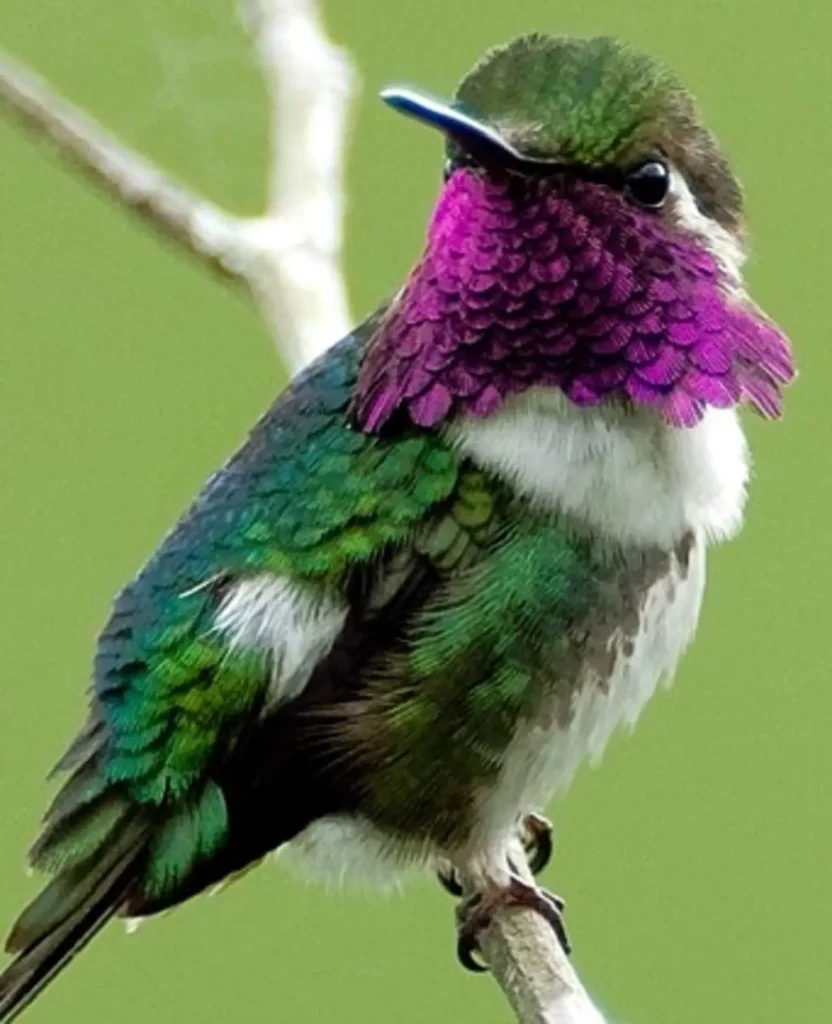
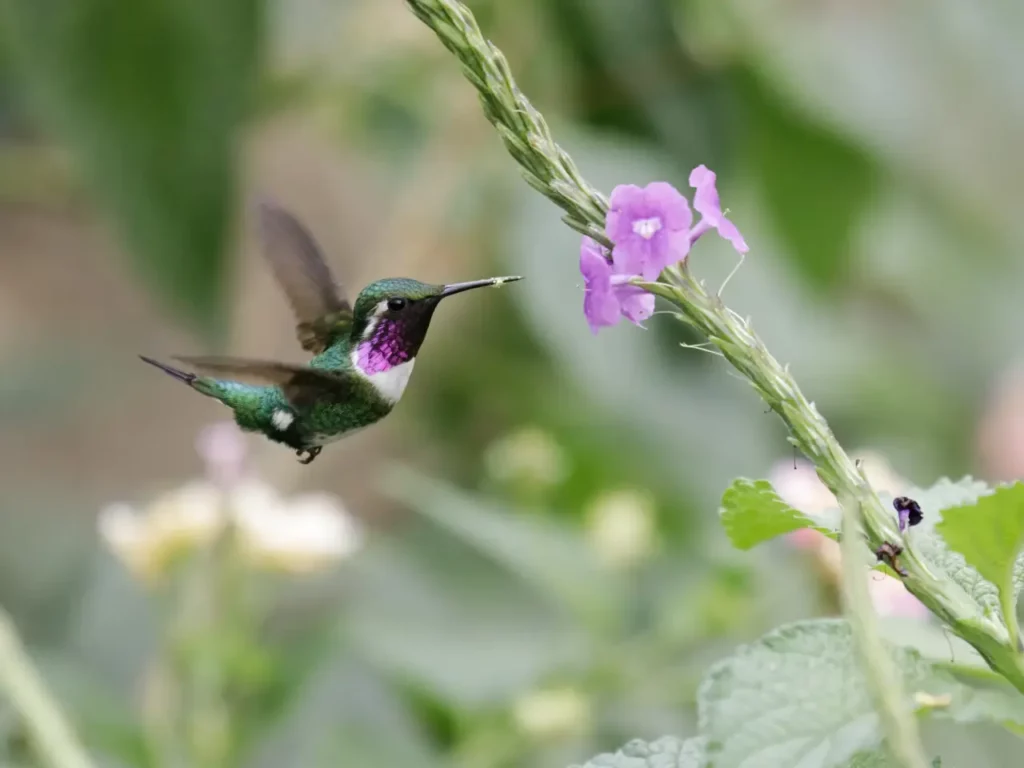
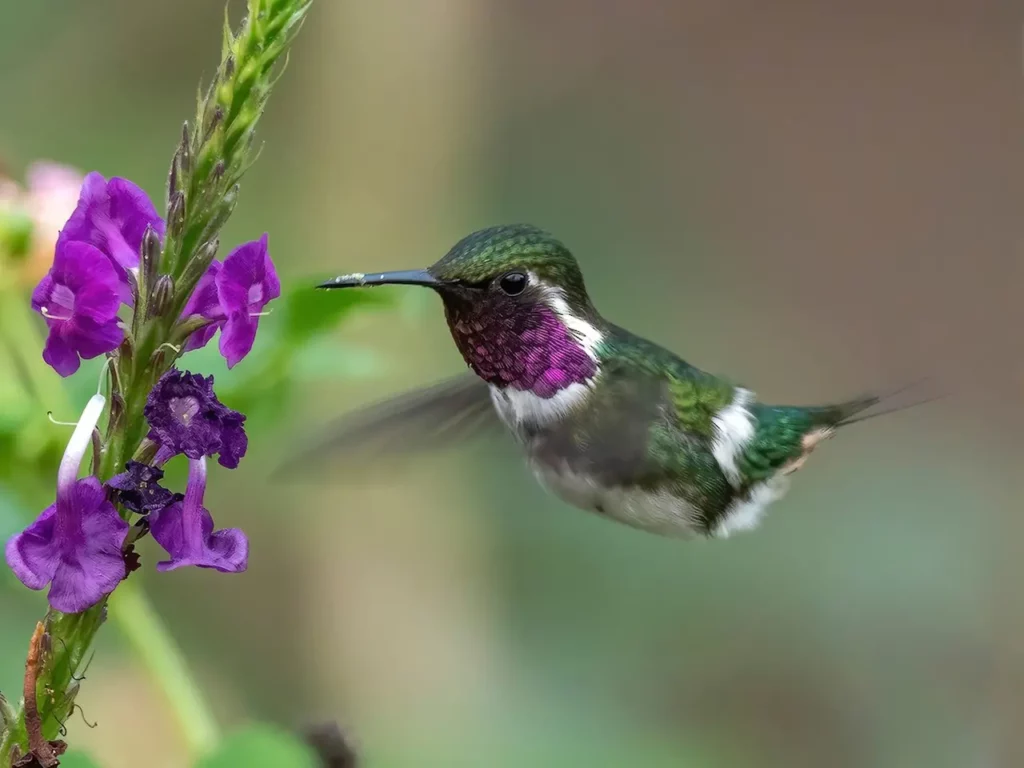
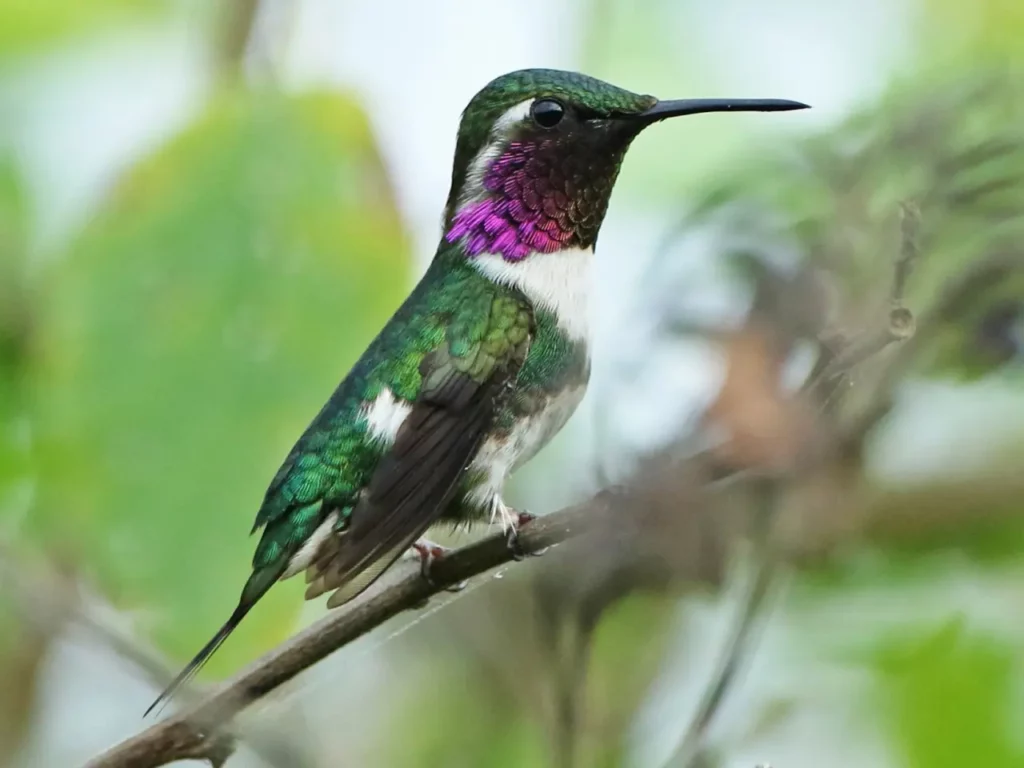
A Living Jewel
The Esmeraldas Woodstar is a small hummingbird, measuring only about 3.5 inches (9 cm) in length. Its stunning plumage features iridescent green upperparts that shimmer in the dappled sunlight, while its throat and chest display a vivid mix of deep purple and iridescent blue. The male is further adorned with a brilliant turquoise crest that adds an extra touch of elegance to this already captivating bird.
Habitat and Range
This enchanting woodstar is endemic to a narrow strip of coastal cloud forests in northwestern Ecuador, primarily in the Esmeraldas Province. It prefers the subtropical and montane regions, which are characterized by dense vegetation, moss-covered trees, and a perpetual mist that blankets the forest. These cloud forests serve as vital habitats for the Esmeraldas Woodstar, providing the necessary resources for foraging, nesting, and breeding.
Unique Adaptations
The Esmeraldas Woodstar possesses several adaptations that allow it to thrive in its specialized habitat. Its long, slender bill is perfectly suited for reaching deep into tubular flowers to access nectar, its primary source of energy. Its rapid wingbeat, averaging 50 beats per second, allows it to hover effortlessly in front of flowers while feeding. Additionally, its small size and agility enable it to navigate through dense foliage with remarkable ease.
Feeding Behavior
As with other hummingbirds, the Esmeraldas Woodstar sustains itself primarily on nectar. It seeks out a variety of flowering plants, particularly those with tubular-shaped blooms, to extract nectar using its specialized bill and long tongue. In the process, it inadvertently pollinates the flowers, contributing to the vital role hummingbirds play in plant reproduction. These small birds are also known to supplement their diet with small insects and spiders for added protein.
Breeding and Behavior
The Esmeraldas Woodstar engages in elaborate courtship displays during the breeding season. The male performs aerial acrobatics, ascending high into the air before descending rapidly with buzzing wingbeats. These displays, accompanied by vocalizations, are designed to attract and impress the female. Once a pair forms, the female constructs a tiny cup-shaped nest, often attached to a slender branch or vine. The female is responsible for incubating the eggs and caring for the young chicks until they fledge and become independent.
Conservation and Future Challenges
The Esmeraldas Woodstar faces numerous threats to its survival. Habitat destruction, caused by deforestation, agriculture, and logging, is a significant concern. Climate change, including alterations in temperature and precipitation patterns, also poses a threat to the delicate cloud forest ecosystem. Additionally, the Esmeraldas Woodstar’s limited range makes it vulnerable to human disturbances and the encroachment of human settlements.
Preserving a Precious Jewel
Conservation efforts are crucial for safeguarding the Esmeraldas Woodstar and its unique habitat. Protected areas and reserves, such as the Mache-Chindul Ecological Reserve in Ecuador, play a vital role in providing safe havens
